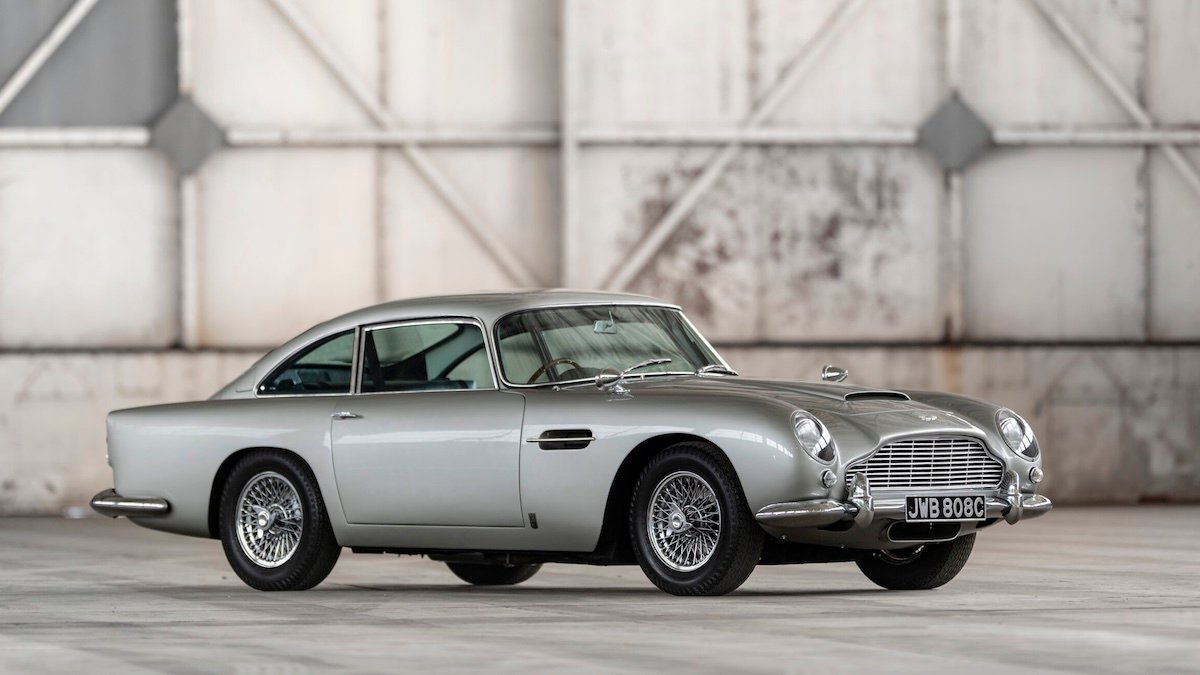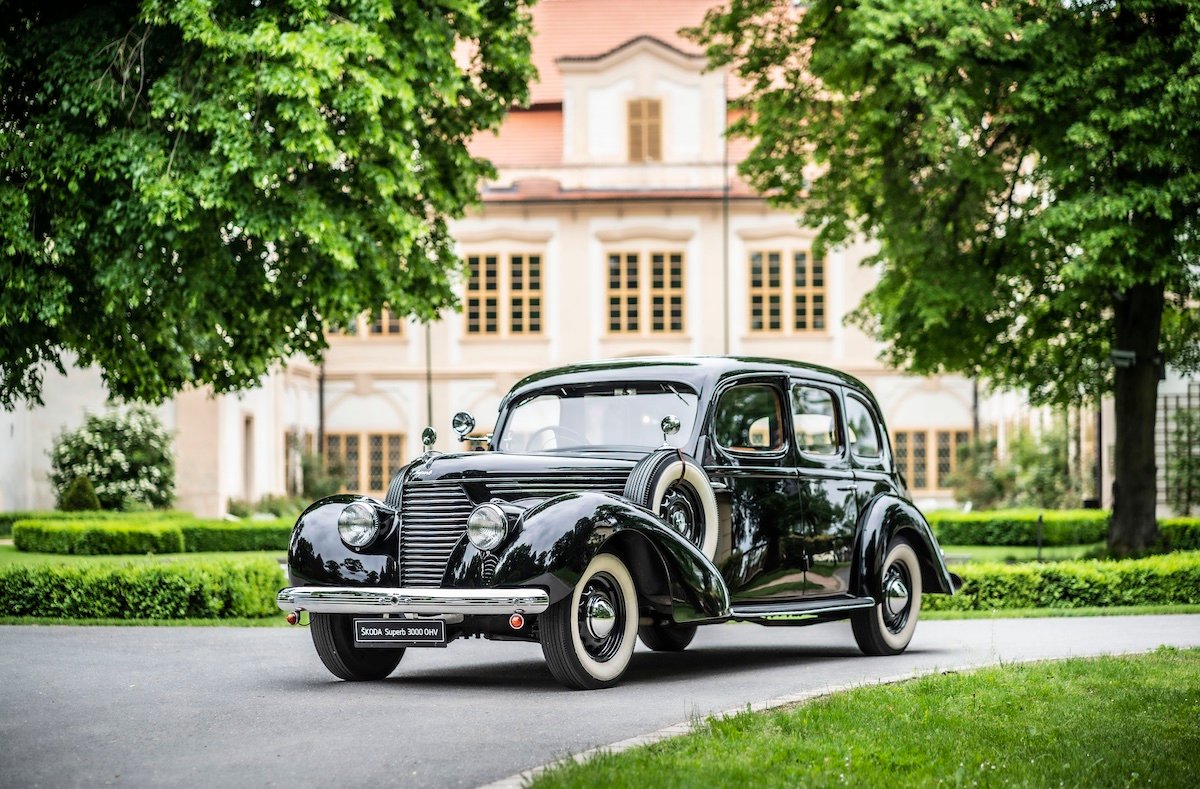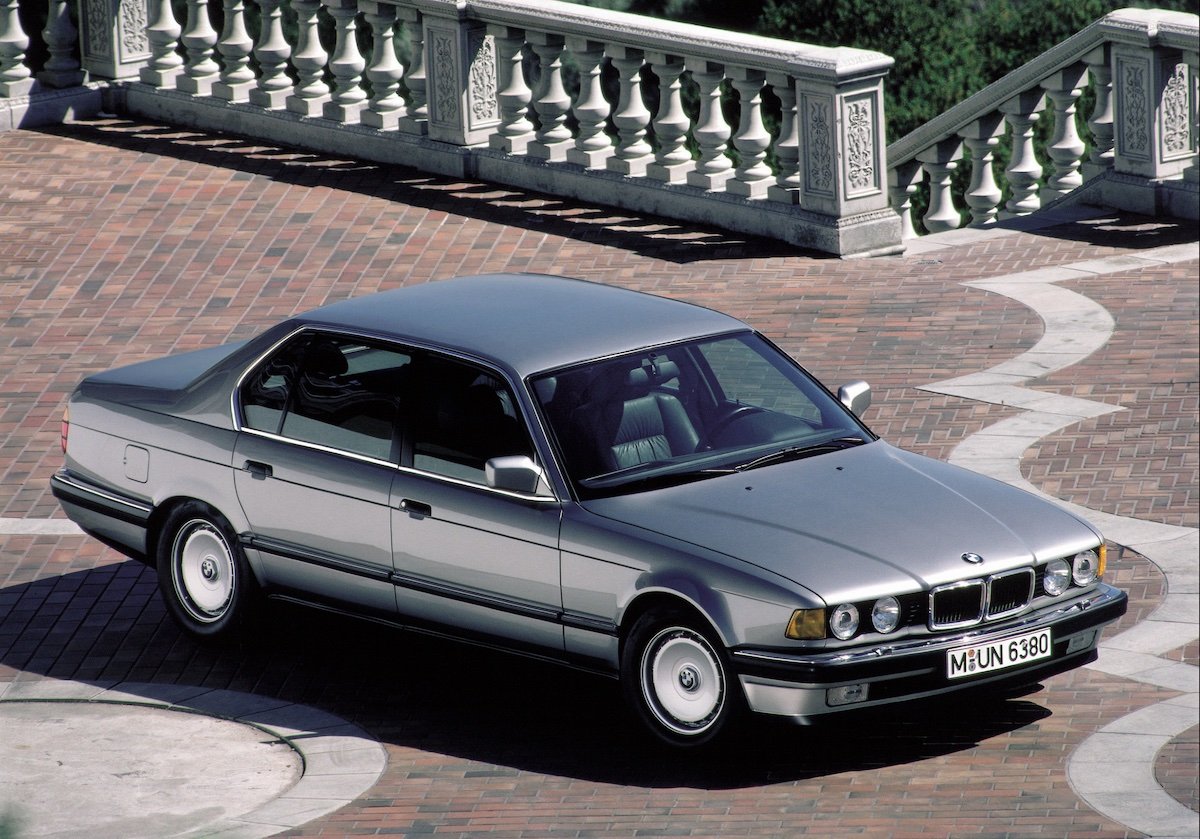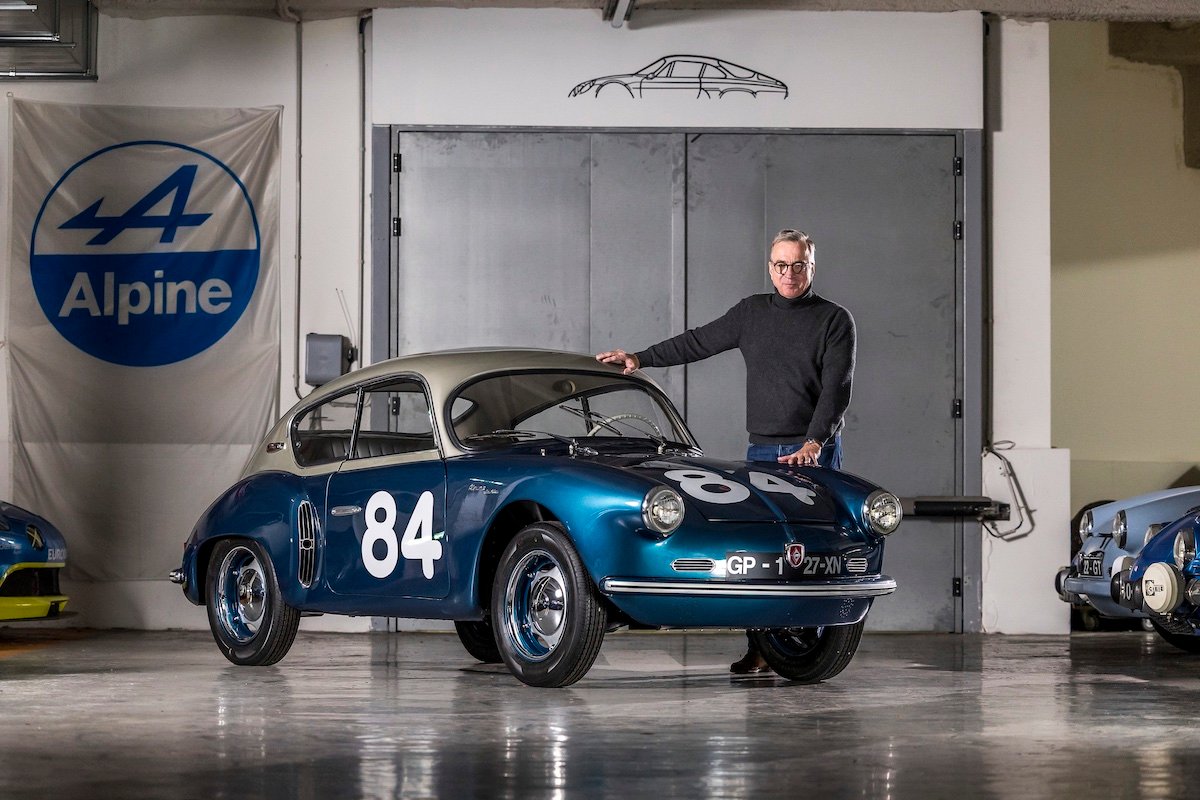Retro Rides Presents: VW Beetle - Australian Assembly Commences at Clayton, Victoria
Glenn Torrens•15 October, 2024
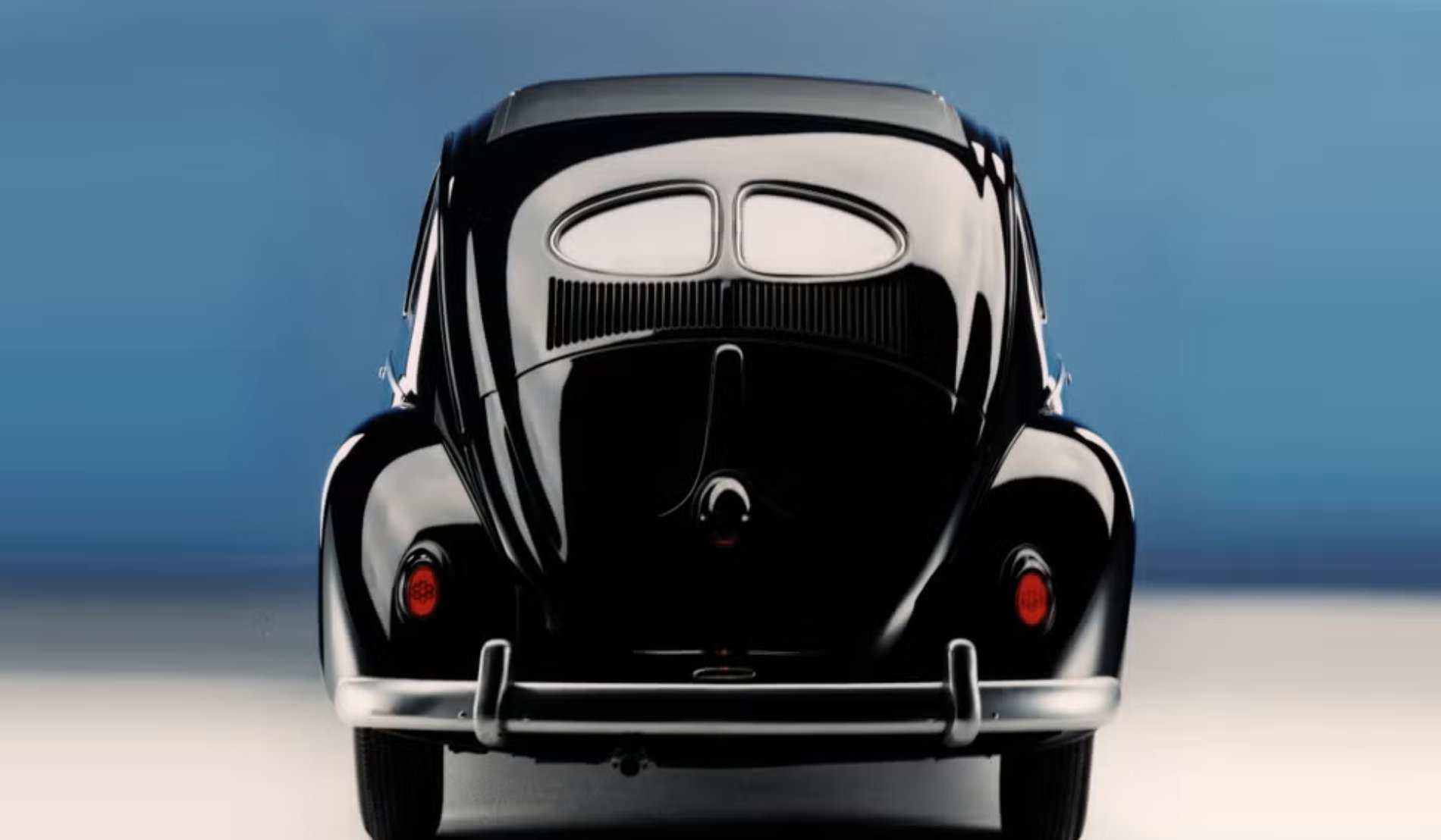
1952 The final year of the split window
How the quirky little Volkswagen Beetle emerged from the ruins of post-WW2 Germany to conquer the world.
Has any car ever been made, sold and driven in as many places and on as many continents as the Volkswagen Beetle? We’d wager that until relatively recently, the answer is a resounding ‘no’.

Beetle wowed the world with its design
After Germany’s defeat in World War 2 and with the Volkswagen factory under British Army control, the first few VWs were produced in late 1945. By 1948 the war-damaged factory was back on its feet and control was eventually transferred from the British military to the new German government.
A Beetle convertible was soon introduced and exports began with assembled cars sent to the USA and elsewhere, while disassembled kits were sent to countries including Australia, where VW production began in 1954.
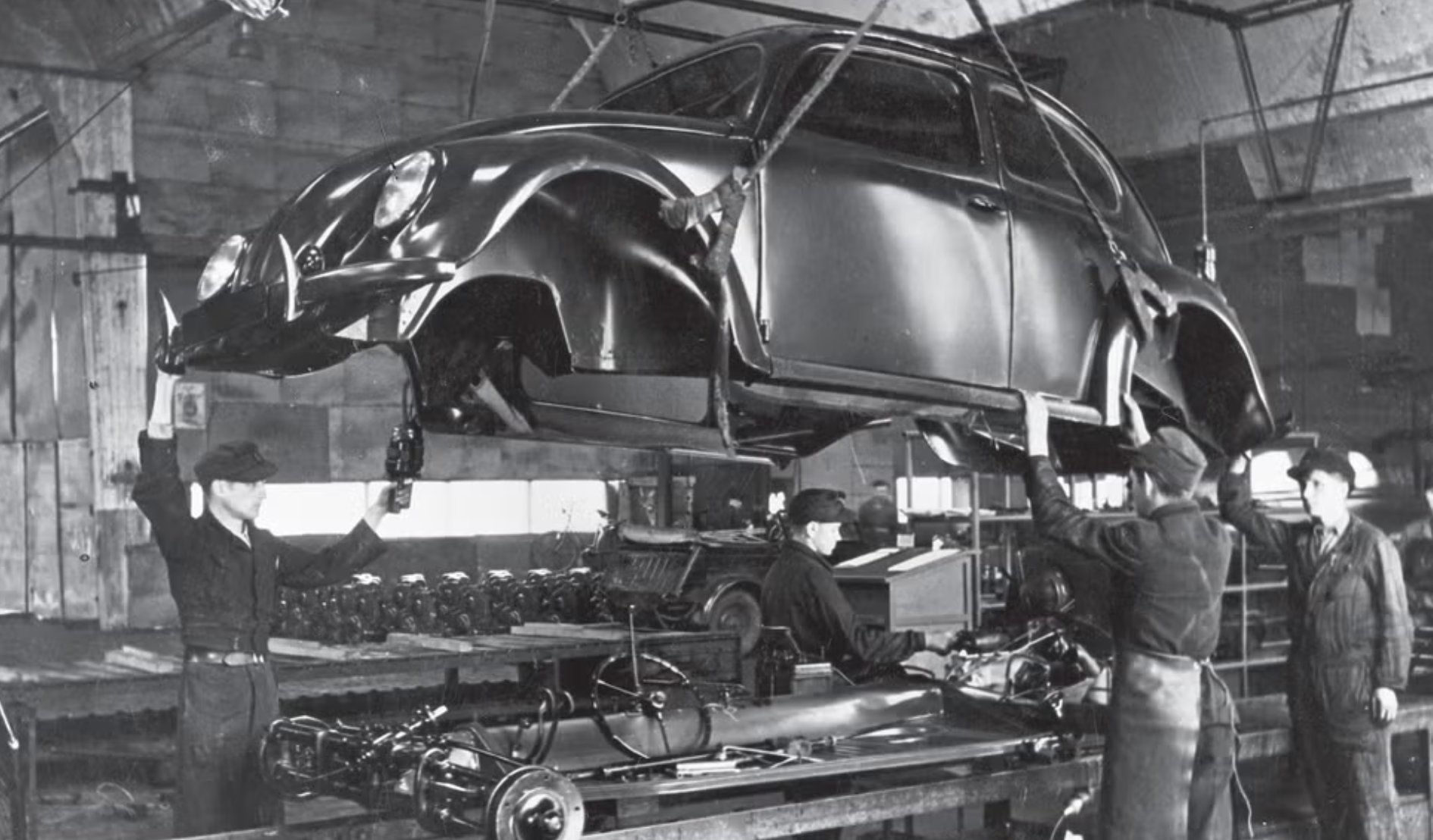
Beetles were simple to assemble.
Australian assembly of the Beetle was set-up in an ex-railway carriage works at Clayton, Victoria. Public awareness of the strange looking little car, with its air-cooled engine situated at the opposite end to where ‘normal’ cars had theirs, was given a huge boost when Beetles took first and second place in the 1955 RedEx Reliability Trial.
The RedEx was a nearly 10,000 miles (15,000-plus kilometres) rally for standard production cars that traversed some of Australia’s roughest rural roads, so a win here was seen by the public as a gold star tick for durability and reliability.
By 1958, 50,000 Beetles had been assembled in Australia and the odd little German machine had won a handy assortment of trials and rallies, cementing its reputation for reliability and its suitability for Aussie conditions.
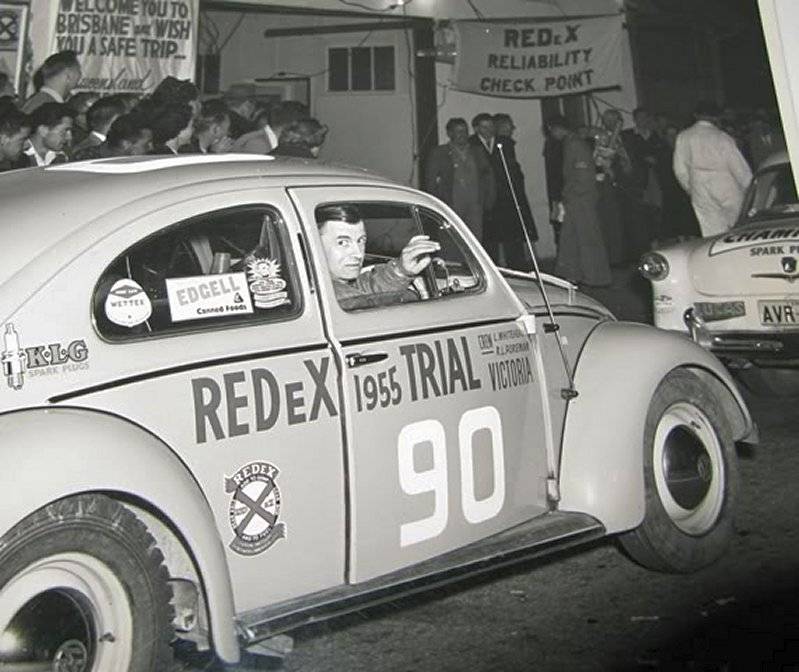
1955 REDeX Trail VW Beetle
The Beetle’s success both in showrooms and in competition led to an expansion of manufacturing, with VW’s commercial vehicles joining the assembly line. These vehicles were officially known as the VW Type 2 versus the Beetle sedan’s Type 1 designation, but became universally known as the Kombi.
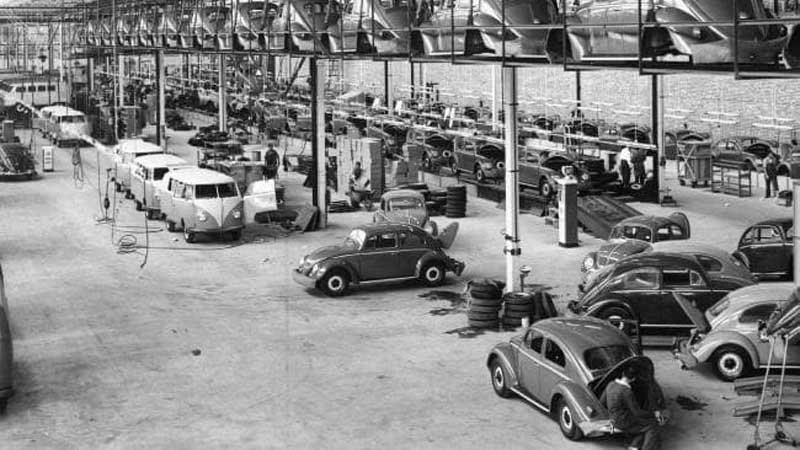
Beetles being assembled in Clayton, Victoria
During the second half of the 1950s, government incentives for Australian industry and vehicle manufacture prompted a change to VW component sourcing, with the bits required to make Beetles and Kombis manufactured locally, instead of being imported.
The Clayton site was expanded and upgraded to make this happen, including the addition of a panel press shop to stamp body panels, making Australia the first country outside of Germany to stamp VW body bits.

Beetle Cabriolet by Karmann
The plant upgrade also led to the expansion of our local component supply industry with companies including Bosch (electrics), Olympic (tyres) and Balm (paint – later to become Dulux) gearing up to meet the additional volume.
By 1962 the local Volkswagen Beetle sedan was almost all-Aussie content and proudly sported a ‘Made in Australia’ sticker on its back window.
Unfortunately, despite the huge effort and investment to become ‘True Blue’ – including VW’s expansion of its model range to include the larger and more sophisticated Type 3 sedan, fastback and wagon – the factory never ran to its full potential and the Beetle reverted to German-supplied kits for the updated 1968 model.
A significant factor working against Volkswagen was the growing presence of Japanese brands in Australia, which arrived sporting generous (for the era) standard features, sharp pricing and a burgeoning reputation for bulletproof reliability.
Ironically, the Clayton facility ‘sold’ some of its excess production capability for the assembly of Japanese Datsuns from 1968, and a few years later, Swedish Volvos.
In 1972, the Beetle became the world’s best-selling car when it surpassed the Ford Model T’s production number of 15,007,033. The German-made car that carried this accolade was VW’s new Super Beetle: a bold attempt to refresh the Type 1’s 1930s design for the 1970s with better features, more predictable handling and upgraded safety.
Despite Australia being an early adopter, Beetles were eventually made or assembled in a variety of countries including Brazil, Indonesia, Ireland, Malaysia, Mexico, New Zealand, Nigeria, the Philippines, and South Africa, and at a second factory in Germany.
Beetle kit assembly ended in Australia in 1976 and the factory was later sold to Nissan Australia, which by then was a brand on the on up with its affordable and durable Datsun 120Y and 200B.
Beetle sedan production ceased in its home country of Germany in 1977 but the convertible – built with production partner Karmann – continued to be built there until 1980.
Despite the international downturn in Beetle sales, some countries – notably Brazil and Mexico – continued building the budget-beating Bug, with the last of an extraordinary 21.5 million units coming down a Mexican assembly line in 2003, bringing down the curtain on a nearly 60-year production for Germany’s extraordinary “people’s car”.
Glenn Torrens

Get The Latest
Sign up for the latest in retro rides, from stories of restoration to community happenings.
 '1972â73 1-1024x675.jpg)
